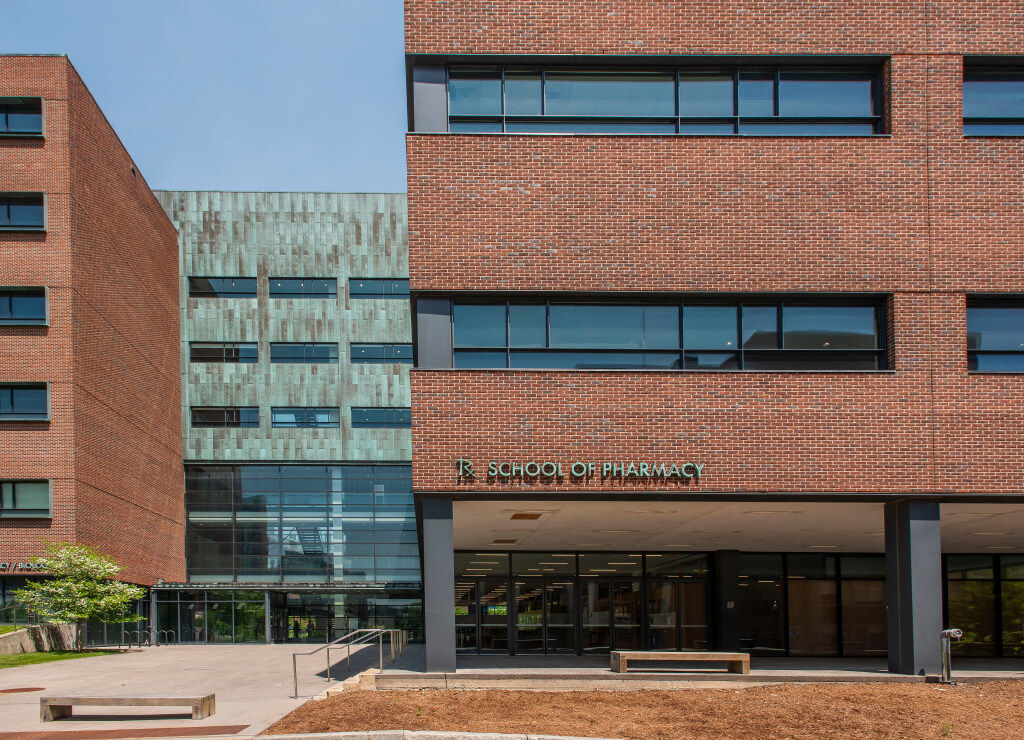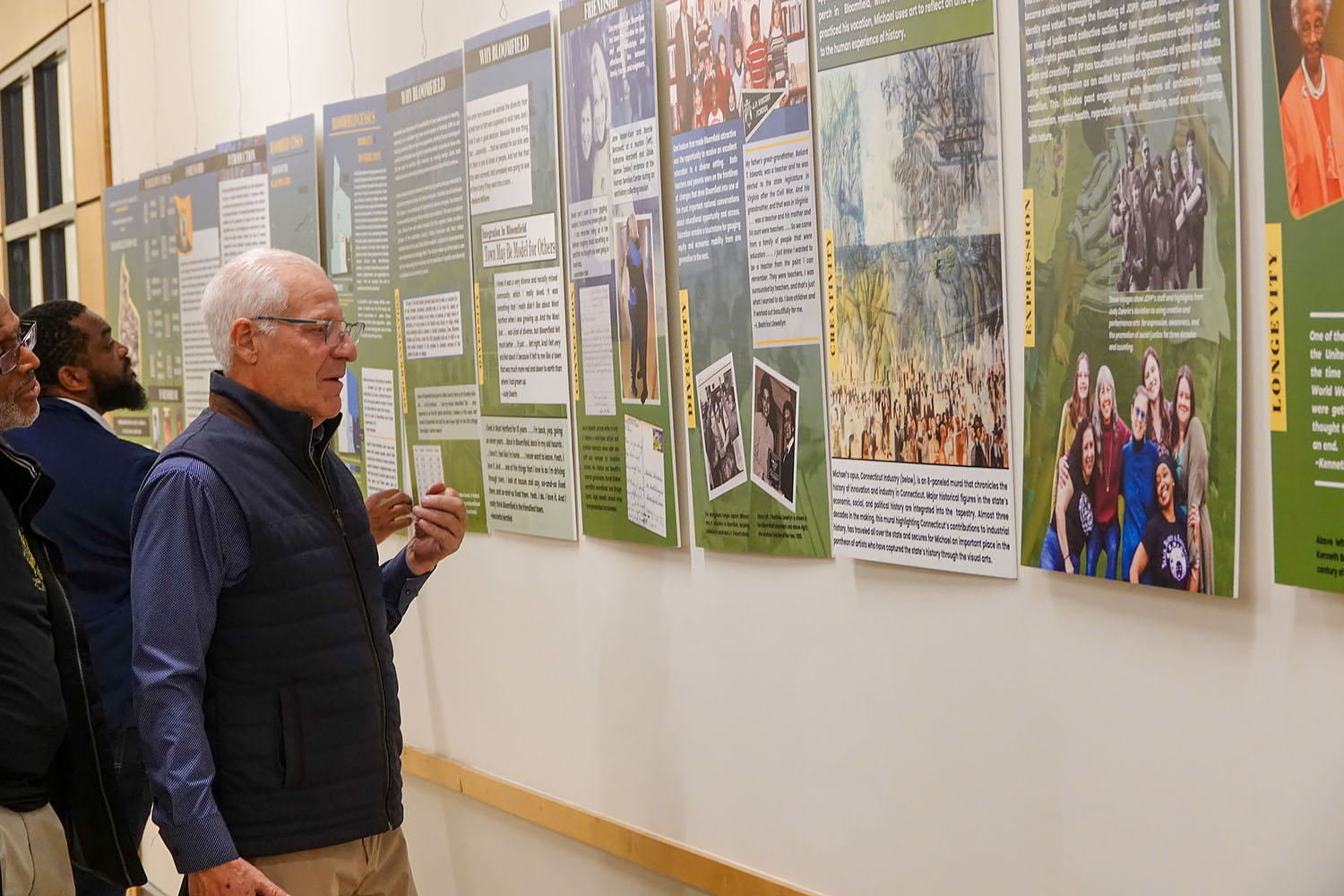In Connecticut, aging adults and people with disabilities have access to a number of services and programs to help them lead healthy, independent lives. However, learning about these programs and services can be challenging.
Through a longstanding collaboration between UConn Health and other stakeholders throughout the state, My Place CT aims to make finding and taking advantage of these resources easier for patients and their caregivers.
My Place CT is the Connecticut branch of the national No Wrong Door initiative, a virtual network designed to provide support for individuals who need long-term care. No Wrong Door and state affiliates like My Place CT focus on the person, rather than red tape, to connect people needing care with the right services.
MyPlaceCT.org, a website filled with resources for those who use or provide long-term services for older adults or people with disabilities, recently got a makeover.
“At the end of the day, if people understand that they have true choice in where and how they receive their services and support and they know how to access them, that’s a major win,” says Julia Evans Starr, a former adjunct professor in the University of Connecticut School of Social Work and an aging, disability, and health policy consultant.
UConn Health is a major partner for My Place CT and other statewide initiatives that seek to make Medicaid funding available to those who wish to receive long-term services and supports in their homes or communities. Medicaid previously only funded for this type of ongoing care to those staying in nursing homes. Clinicians and researchers from UConn Health have provided My Place CT with a wealth of up-to-date, data-driven information to add valuable information to the site.
“The intent of the project is for people across agencies who are face-to-face contacts to know about this resource, so that people can use the website or be guided to it by these people in their communities,” says Julie Robison, professor in the UConn School of Medicine and UConn Center on Aging. “The potential impact is to really help residents of Connecticut find services for themselves or for their family members.”
The UConn Center on Aging showed that there was a critical need for information about resources in 2008 when they published the Connecticut Long-Term Care Needs Assessment. This report concluded that most people in the state did not know how to access the services available to them.
“People didn’t know what these services even were or who used them. Then when someone in their family did need it, they had no idea how to access it,” says Robison. “Everyone knew what nursing homes were and most people don’t want to live in a nursing home. But there’s a huge area in between living independently and living in a nursing home and people didn’t really know how to access that information.”
The revamped My Place CT site has many more user-friendly interactive features including a search bar, podcasts, blogs that share success stories of people who were able to access care in their homes or communities. The site also has more information about health and wellbeing as well as resources for caregivers.
The national No Wrong Door initiative emphasizes the idea that there should be multiple entry points for people to find out about services that can help them and their loved ones. My Place CT is working to distribute the valuable resources they have curated to those who have direct interactions with community members who may need them.
“We wanted it to be a place that would be valuable from not only the perspective of the people who use these services,” Starr says. “We also wanted to have tools for people who are natural navigators in the community, so they can help people get the information they need.”



